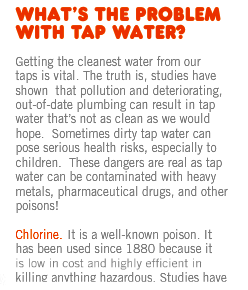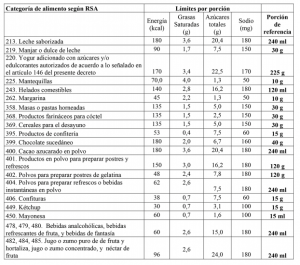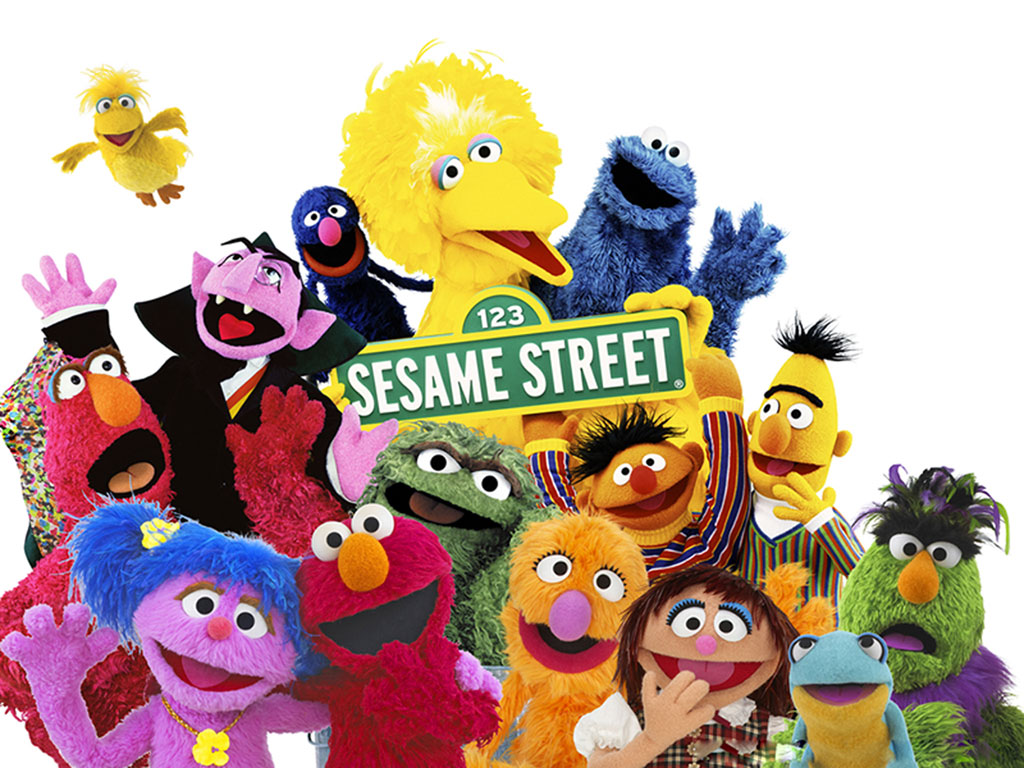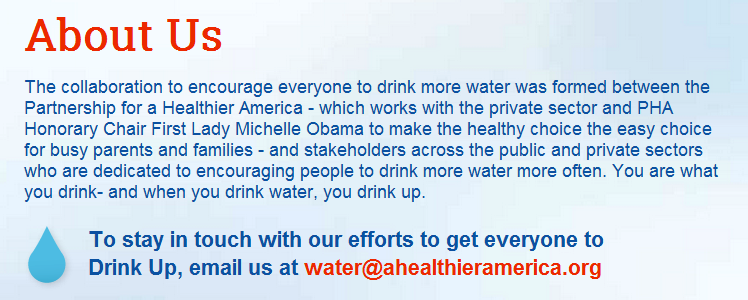A big week for Let’s Move! It starts, alas, with WAT-AAH!
Rumors are flying that Let’s Move! will announce significant accomplishments this week.
From what I can piece together from ProPolitico and press conference announcements, they go on all week.
- Tuesday: School wellness policies
- Wednesday: Food assistance programs other than SNAP
- Thursday: The Nutrition Facts label
These promise to be more useful than Mrs. Obama’s visit to the New Museum in New York to celebrate a pop-up exhibit organized by WAT-AAH!, a company that makes bottled water—marketed specifically to kids.
The company is a supporter of Let’s Move!’s Drink Up! campaign.
Its bottled waters are “functional,” meaning ostensibly nutritionally enhanced in some way.
For example, its “Power” product says it is:
Ultra pure water!
Bone-building magnesium!
Absolutely NO SUGAR!
Taste like pure clean water!
Sounds like plain, ordinary water to me (unless the amount of magnesium is substantial, which seems unlikely—I can’t find a Nutrition Facts label for it).
The idea here is to get kids who won’t drink water to drink bottled water aimed specifically at them—at $1.50 a pop.
This was great publicity for the company, but I sure wish Drink Up! would emphasize how terrific tap water is, especially in New York City, where it really is terrific.
Added comments: A reader points out that WAT-AAH!’s health claims are difficult to substantiate (e.g., boosted oxygen level, brain function), and are just the kinds of claims that concern the FTC.
And, despite Drink Up!’s public stance on how tap water is just fine, WAT-AAH! puts down tap water. To check both the claims and the put down, go to the website, click on WAT-AAH! Drinks!, then on Just the Facts, and scroll on down.
You will find plenty of highly iffy health claims, along with this:

OK, so this is about marketing so what’s the big deal? I can think of several reasons for concern:
- It’s marketing bottled water.
- It’s marketing directly to kids.
- It’s marketed with absurd health claims.
- It claims to be substantially better for kids than tap water.
- It’s endorsed by the First Lady.
The FTC has gone after health claims just like these. Can it go after WAT-AAH!’s claims and, thereby, take on the First Lady?
This is what happens—all too often—when health programs try to partner with private industry. The private industry invariably wins, and the health partner loses credibility.








